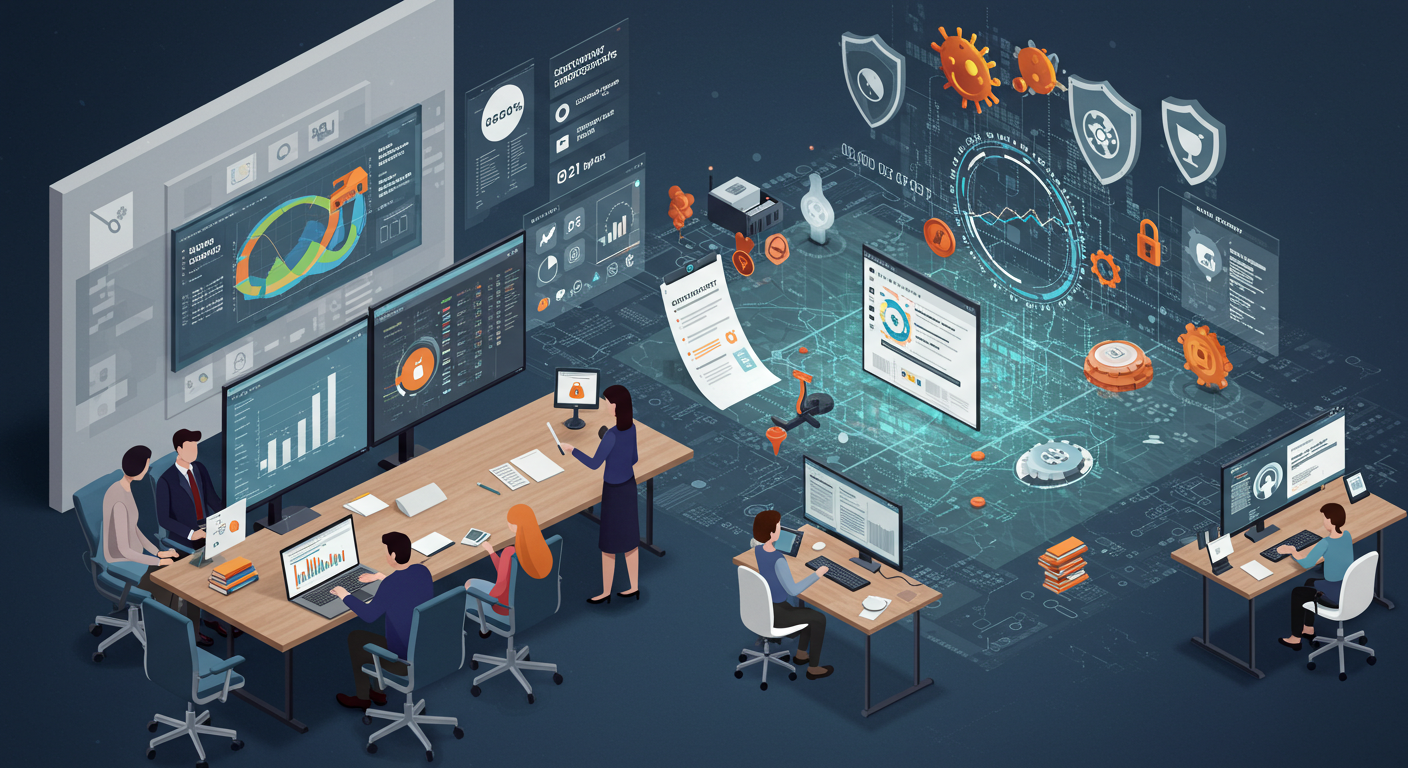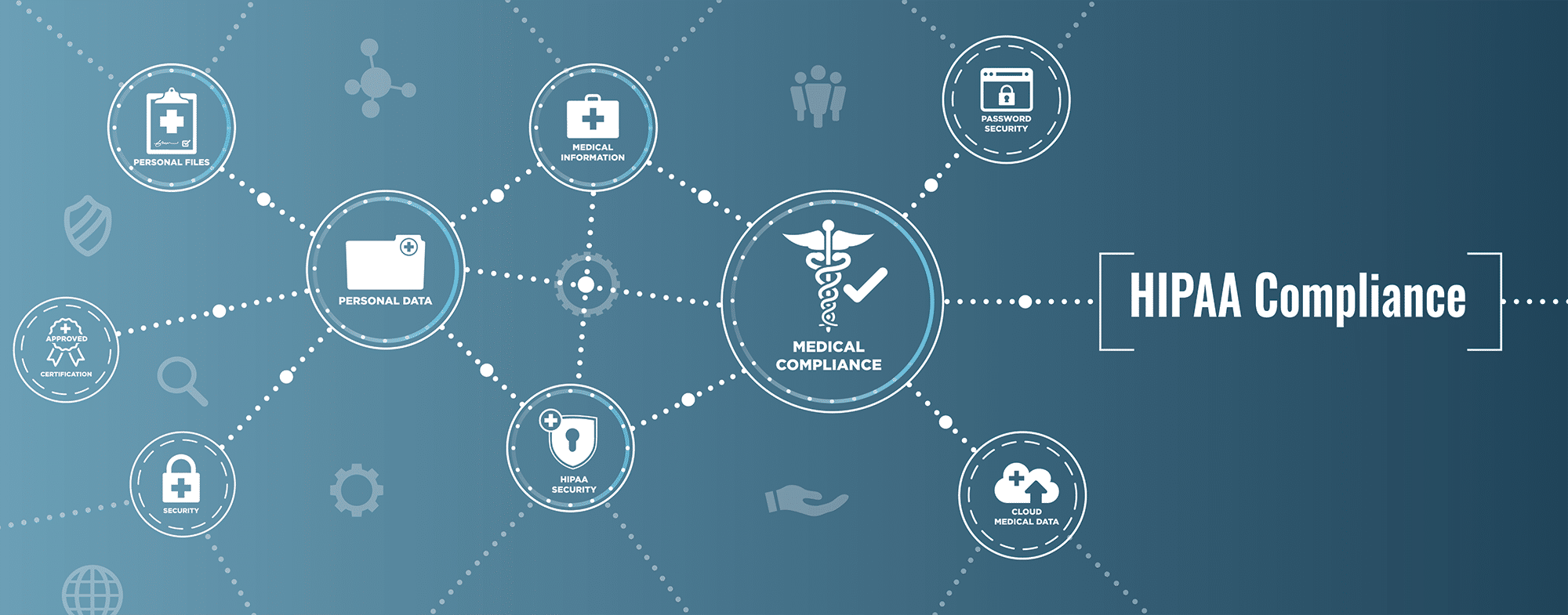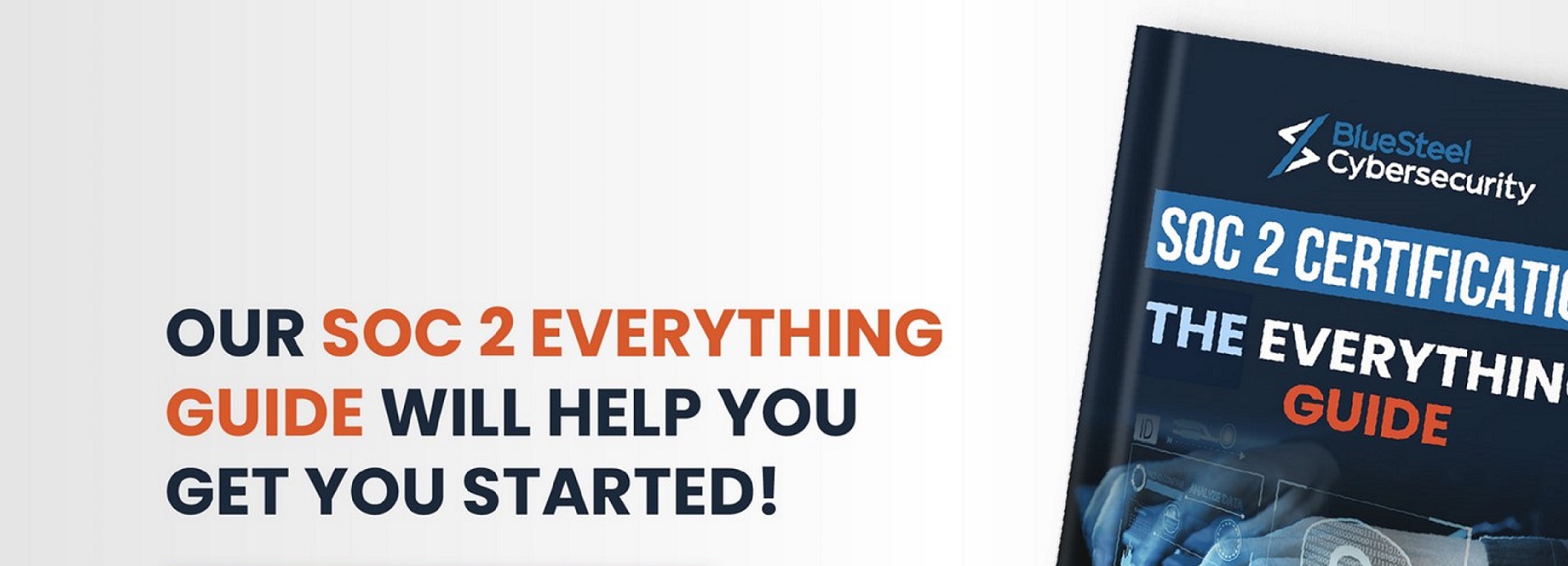When it comes to working with technology and data, there are many ways your equipment and information can become compromised. From malware to phishing, all networks are vulnerable to cyberattacks.
If you think your company is well overdue for a vulnerability assessment, and your network might be compromised, read on.
In this article we’ll show you how to solve five of the most common cybersecurity problems so you can start your journey to keeping your hardware and software safe and secure.
What is vulnerability assessment?
A vulnerability assessment is a collection of tests done on your software, hardware, and networks to make sure there are no potential safety risks.
Most people believe that threats to computer security are exclusively online, and are sent through viruses, malware, or phishing emails. This is a good example of a security risk, but it’s not the only way your computers, tech, and network are vulnerable to attacks.
Physical attacks on hardware are also a potential safety concern. Corrupted USBs and easy access to rooms with technology containing sensitive information can also cause concern.
So, vulnerability assessments encompass looking for all potential holes in your company’s security in hopes to patch them before it’s too late.
Why is vulnerability assessment important?
Your company holds a lot of sensitive information about yourselves and your clientele. In the wrong hands, this data can lead to disastrous consequences.
That’s why it’s crucial you make sure there are no “doors open” to get into your network.
And with ever changing cyberattack methods, regular vulnerability assessments ensure your cybersecurity moves with the times and provides the highest amount of protection possible.
5 common issues you can resolve today
- Outdated software
When you deal with a lot of software all day, it’s difficult to find the time to ensure each one is correctly updated.
Software updates are vital to cybersecurity as they often contain patches and solutions for newly discovered vulnerabilities that cybercriminals can use to hack your software and steal your data.
If you are worried you have outdated software in your network, take an hour or two to dedicate to ensuring every program you use is up to date.
To do this, make a list of all the software used in your company and systematically go through each one checking for updates. Once you’ve finished your list, go back and update the relevant software. If you are doing this during work hours, it may be necessary to advise your colleagues that some applications may become unavailable during the day while they go through updates.
Once you have completed this initial run of checks, it’s a good idea to set your software to check for automatic updates so you are notified as soon as a system update is available. Most software packages offer this functionality.
If you have any software that doesn’t offer automatic update notifications, create a recurring task in your calendar to check for updates regularly. We would recommend setting it for once every 2-4 weeks to ensure you don’t miss any important patches.
It’s also helpful to make sure you’re signed up for email notifications as this may help alert you to any imminent software vulnerabilities that need to be addressed immediately.
- Unsecure communication
With remote working, multiple offices, and digital accountability, more of us are relying on email and online messaging services to communicate with our colleagues. It makes life a lot easier, and companies are able to streamline their work better.
However, with increased online communication comes increased possibilities for hackers, phishers, and general mal actors to infiltrate your communication line and plant potential malware.
Unfortunately, email scammers are becoming extremely sophisticated. The tell-tale signs of a grammatically poor email that’s obviously a scam have been replaced with fear-inducing emails that look legit and urge you to click on a link without thinking twice.
These types of emails generally look like they come from banks, or big retail companies like Amazon, and try to fool you into thinking you’ve accidentally made a big purchase, giving you a link to follow to rectify the situation. The only sign it’s not legit is that the email address is not from the company (but this isn’t immediately obvious).
To rectify this problem, make sure you add filters to your team’s email accounts to ensure anything remotely suspicious goes straight to junk mail. Alternatively, you can set up a secure email service that screens emails for malware before they come through.
- Weak passwords
When you’re dealing with 20 different programs every day, trying to keep up with all your different passwords can be difficult. That’s why most people default to words and numbers of significance to them.
This predictable form of creating passwords leaves you vulnerable to having your password leaked. The two most common ways are malware that uses password code unlocking to work out your password, or interactions with a person who asks questions to try and get to know key information you may have out in your password (where did you go to school, what was your first pet, where are you from, etc.).
To secure your passwords and those of your colleagues, create strict character rules that everyone has to adhere to – a mix of capital letters, lower case letters, symbols, and numbers. You should also set passwords to expire every one to three months so staff are forced to reset them.
However, this may lead some employees to create password lists that can be easily accessed and stolen. So to combat this, you should introduce these of a password manager that helps people keep a secure record of all their passwords.
- Viruses
The goal with vulnerability assessment is to stop cyberattacks, including malware and viruses, from corrupting your network.
But if you already have a virus on your computer, or suspect you might, then you need to address this first.
Do a virus scan on all the computers in your company’s network to make sure your vulnerability assessment starts on a clean slate. If any computers are found to contain viruses, it’s vital to disconnect them from the network immediately to stop the virus from spreading any further.
If you do find any hardware (or software) with a virus, you’ll need to either install anti-virus software to destroy the virus or employ a specialist to do so. Until the virus has been eradicated, the offending technology should not be reconnected to the network. This may mean you need to hand out some temporary tech for employees while you work to remove viruses.
Once you have successfully removed any malware or virus from all technology in your network, it’s vital you keep a good maintenance schedule. Ideally you should be scanning for malware every day and have automatic detection software installed onto all computers to immediately notify of any attacks to help protect the network at large.
You should also make sure you have a way to stay up to date on the latest virus threats around, so you know how to act if it finds its way into your company’s network.
- No data backup
If you haven’t got your data backed up anywhere, you’re asking for trouble. One virus, or one faulty wire, and everything you had saved on your system is gone. Vanished.
Which would be catastrophic for any company.
So how can you combat this? Simple.
Back. Up. Your. Data.
Whether you choose to use an external hard drive or a cloud-based storage system, having your data saved elsewhere ensures that if anything happens to your network, your hard work will be saved, and sensitive information will still be accessible to you.
There are pros and cons to both cloud-based and external hard drive storage, so you will have to decide which solution is best for your business.
After your initial back-up, which depending on the size of your data could take a long time, it’s vital to make regular back-ups a routine.
Set up a reoccurring schedule to back up all data at least once a week and encourage employees to back up their work every time they save.
Key takeaways
Cyberattacks leave companies vulnerable to losing sensitive data and information. That’s why carrying our vulnerability assessments is essential to protect your network.
And while creating a robust protective cyber security plan can take a long time to implement, there are actions you can take today that will allow you to start protecting your network today.
By updating your passwords, scanning for viruses, and updating outdated software, you’re creating a healthy base to start your cybersecurity initiative.






